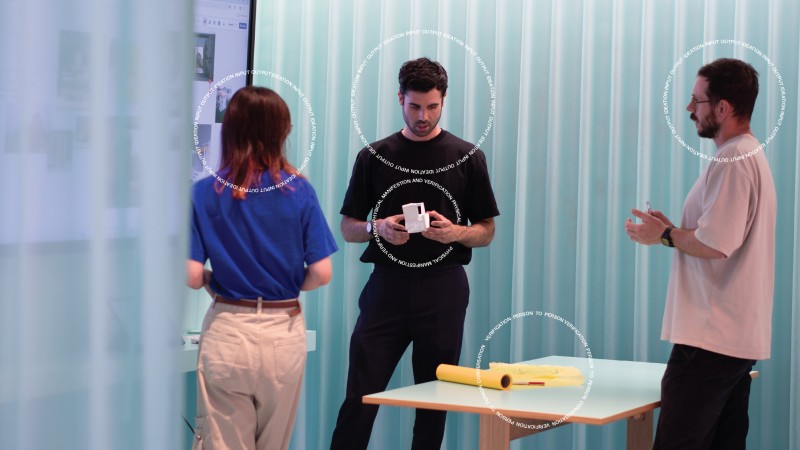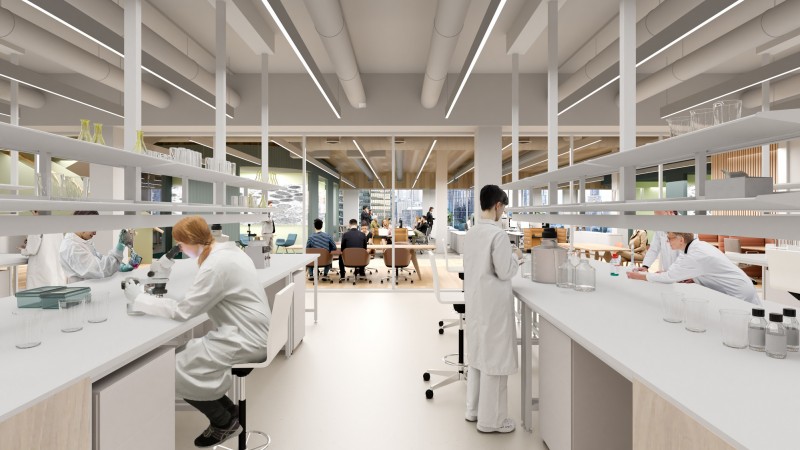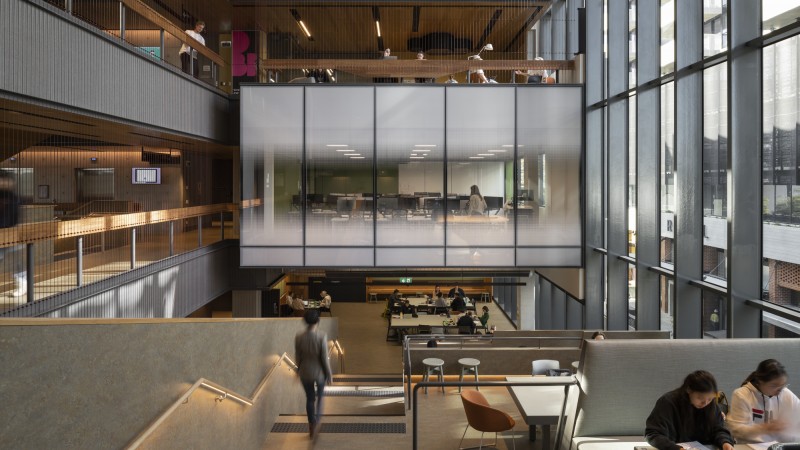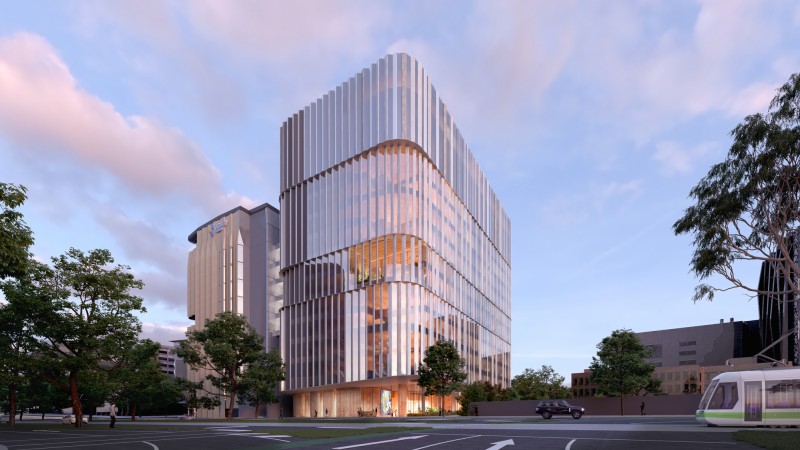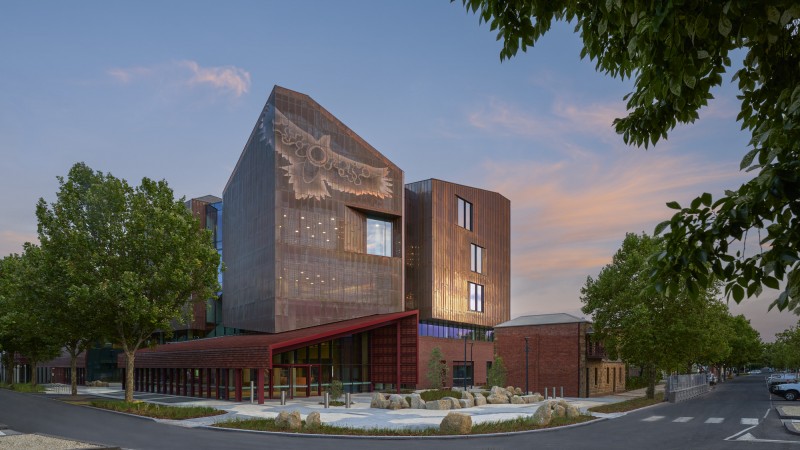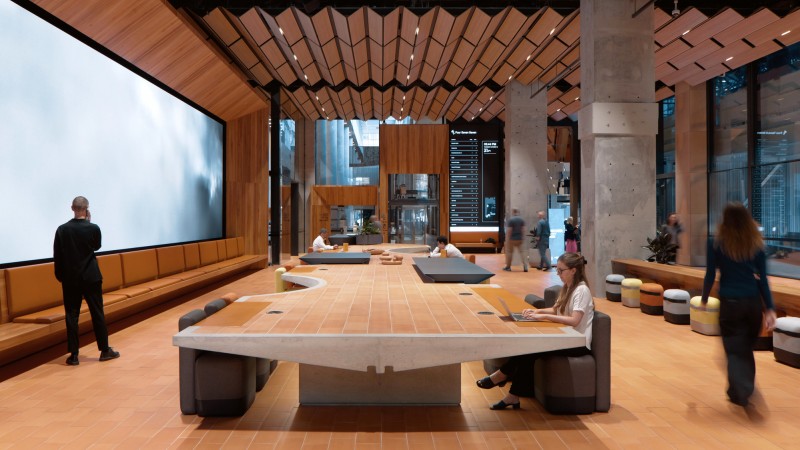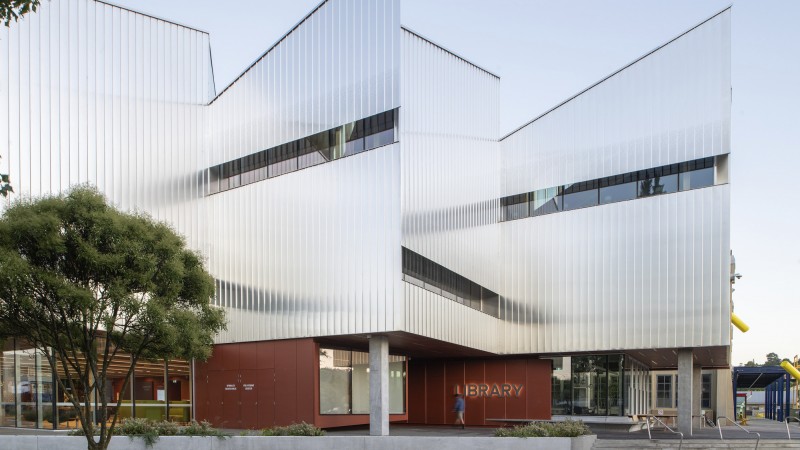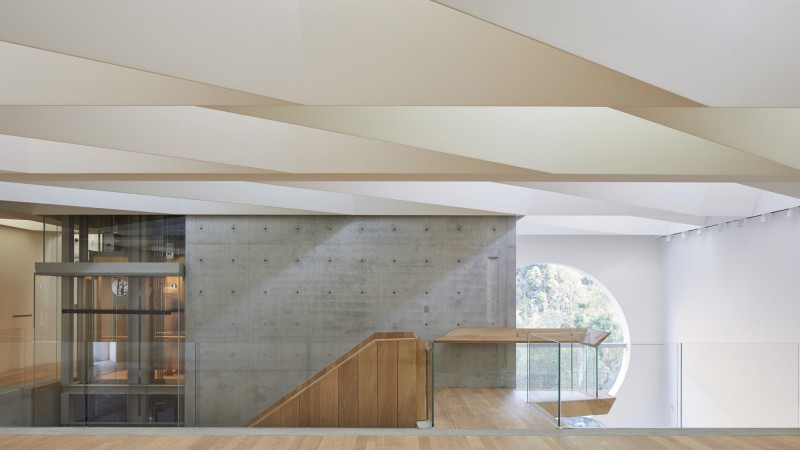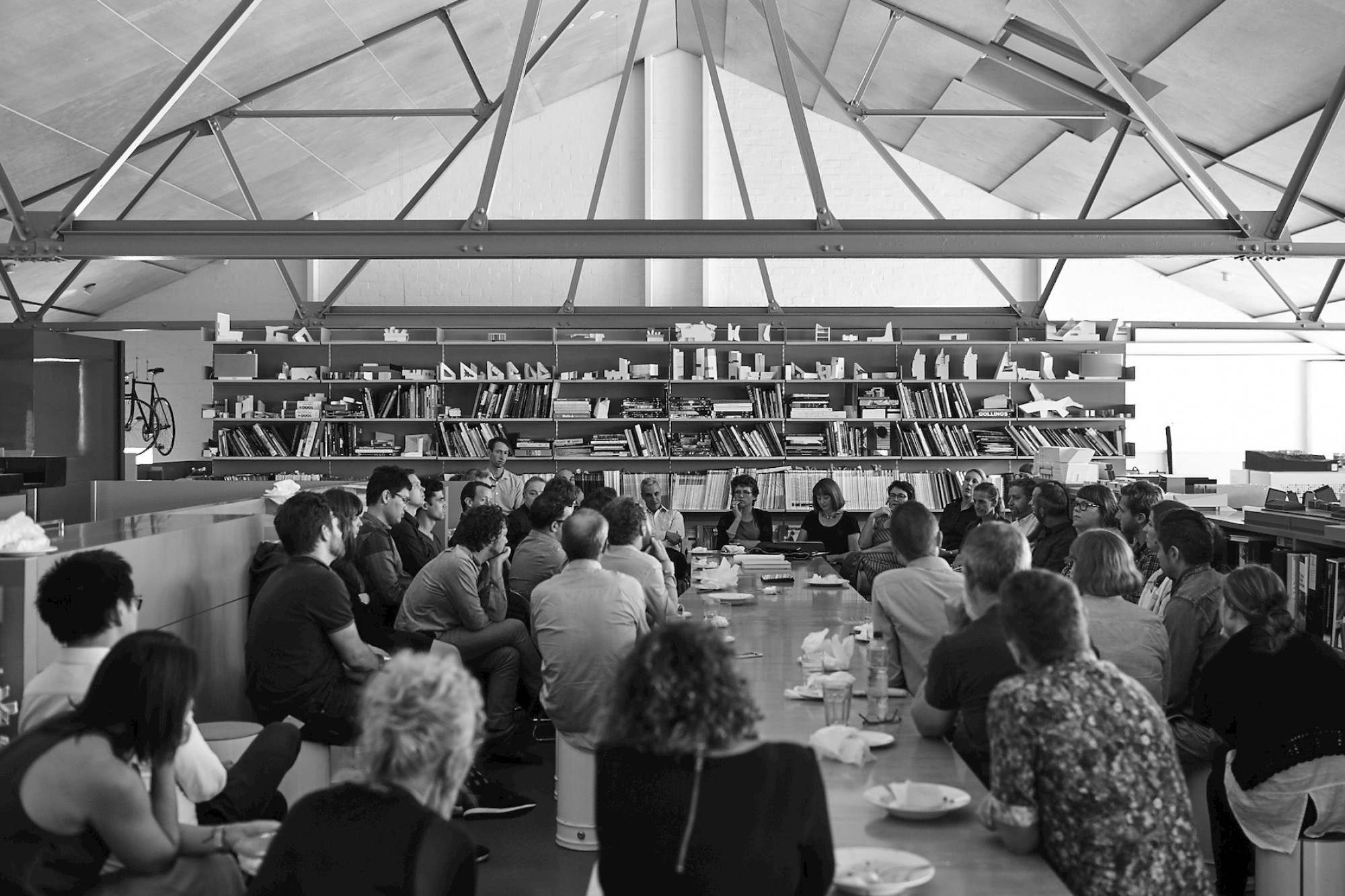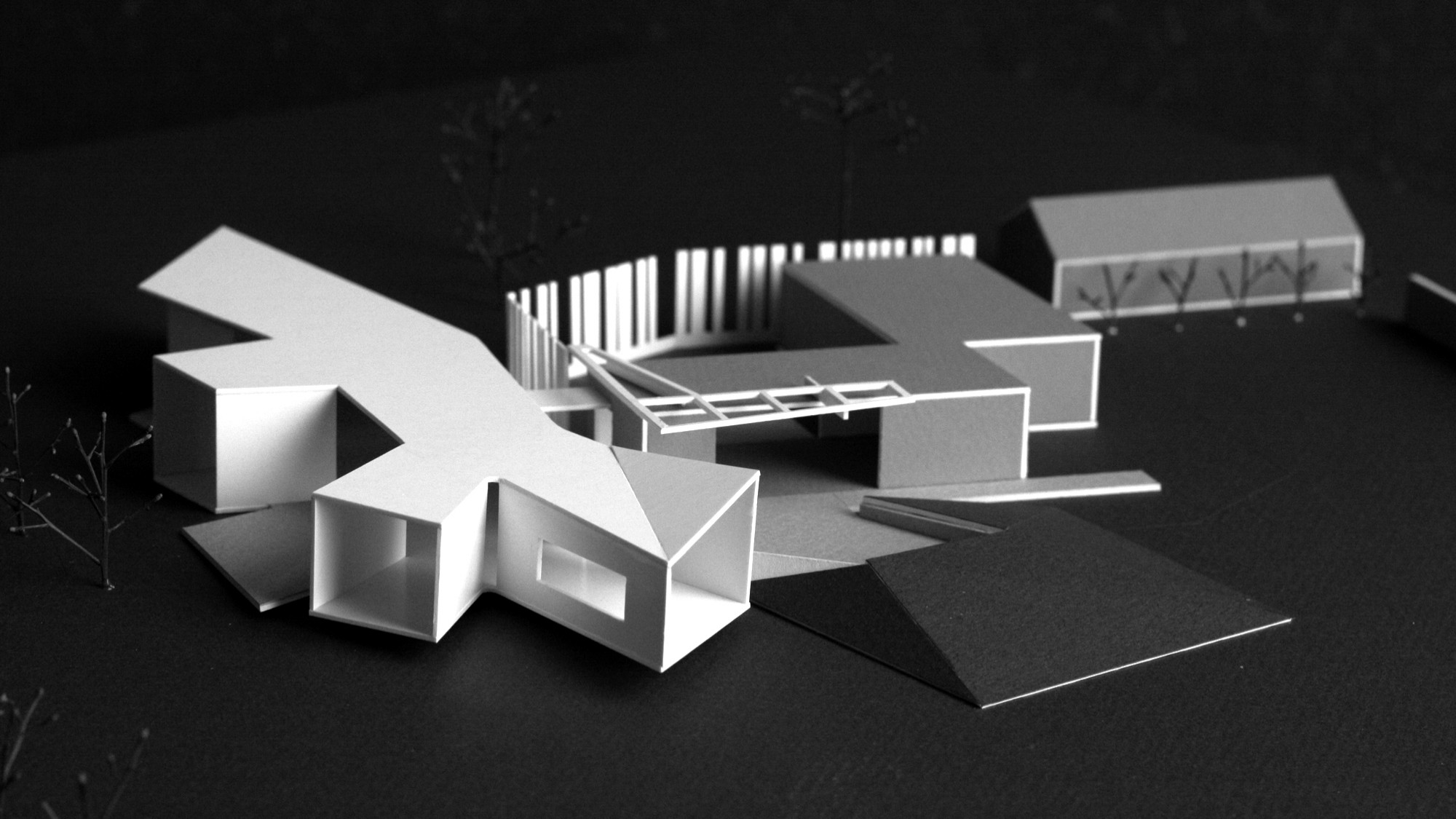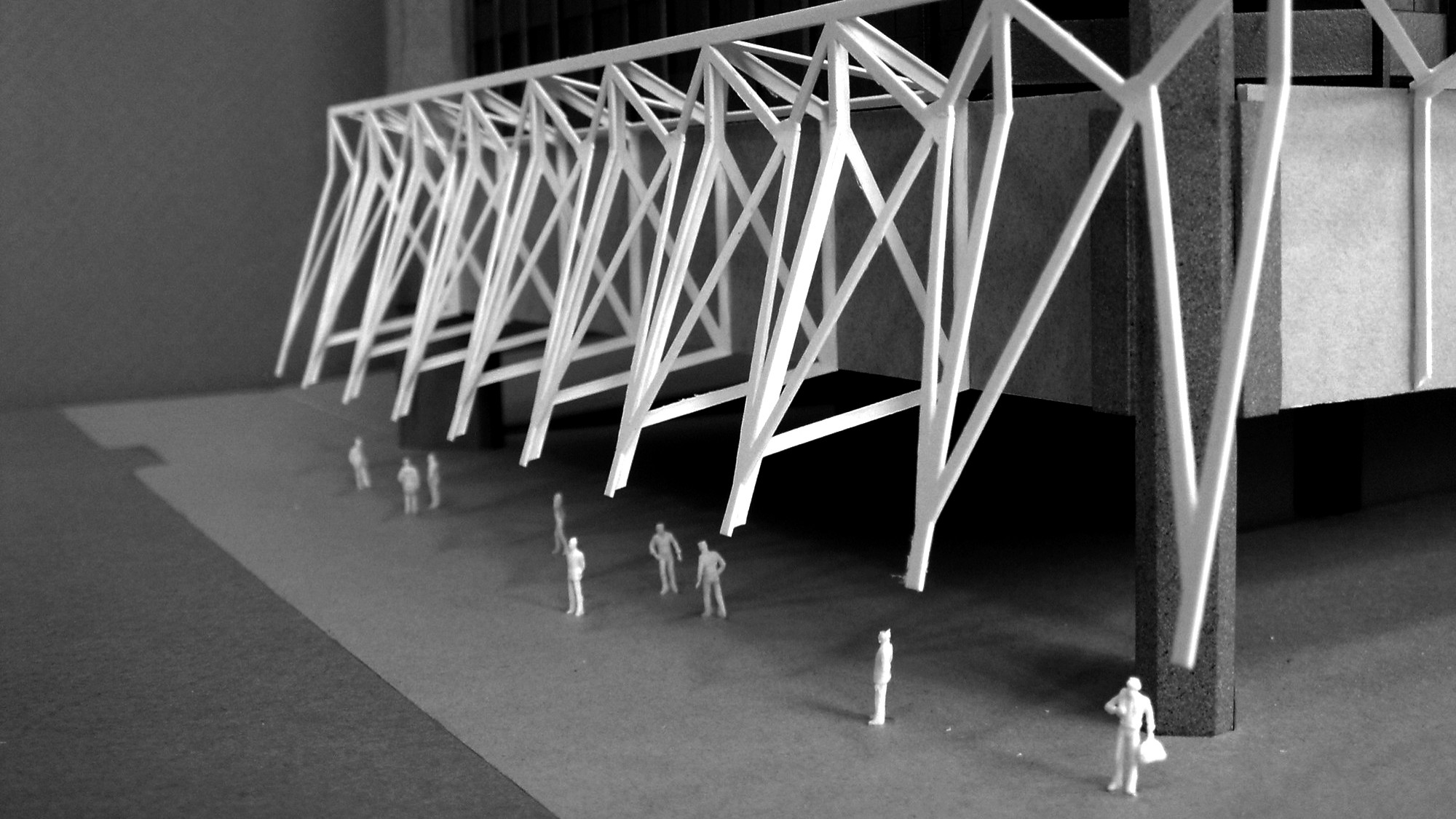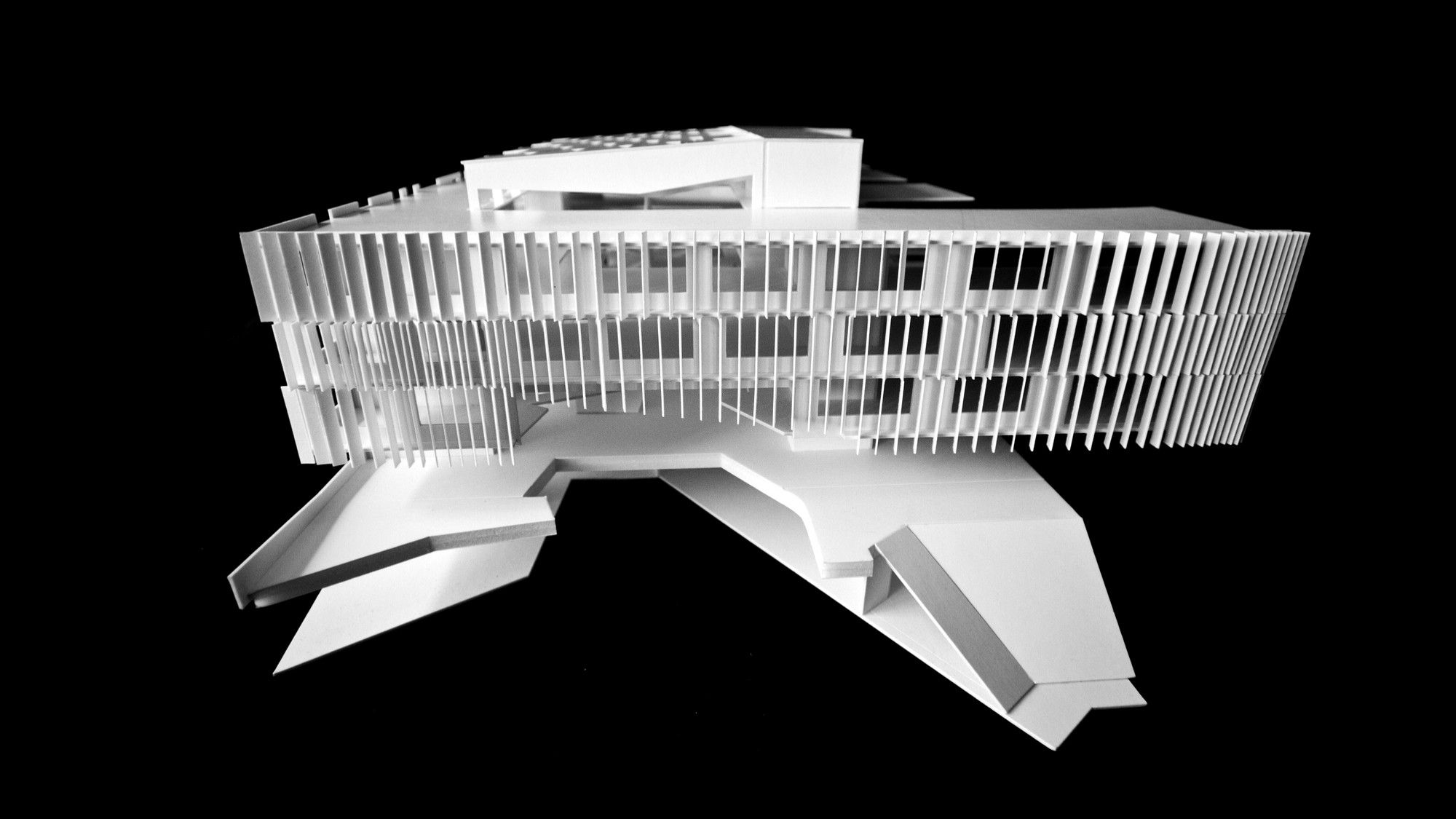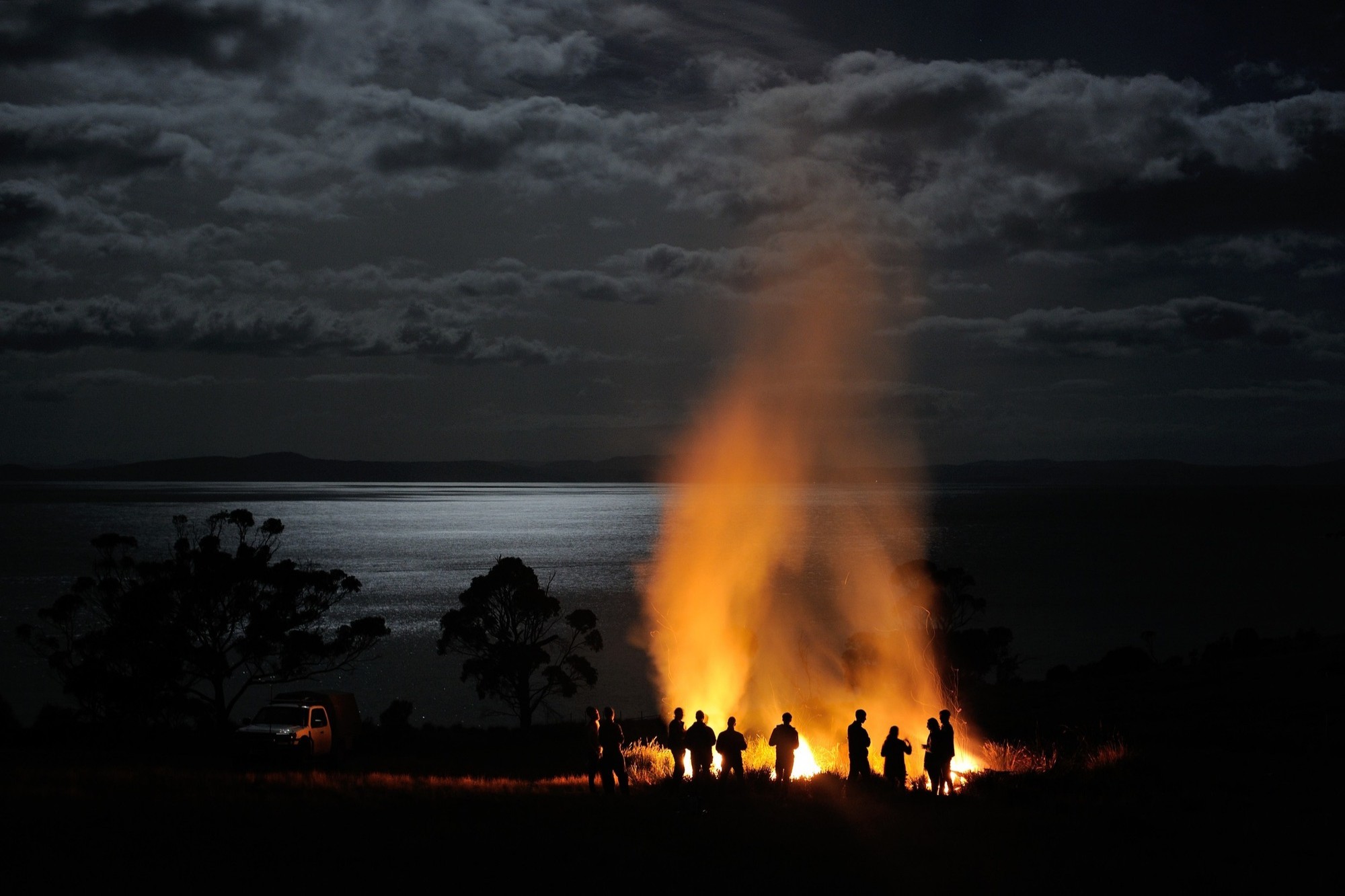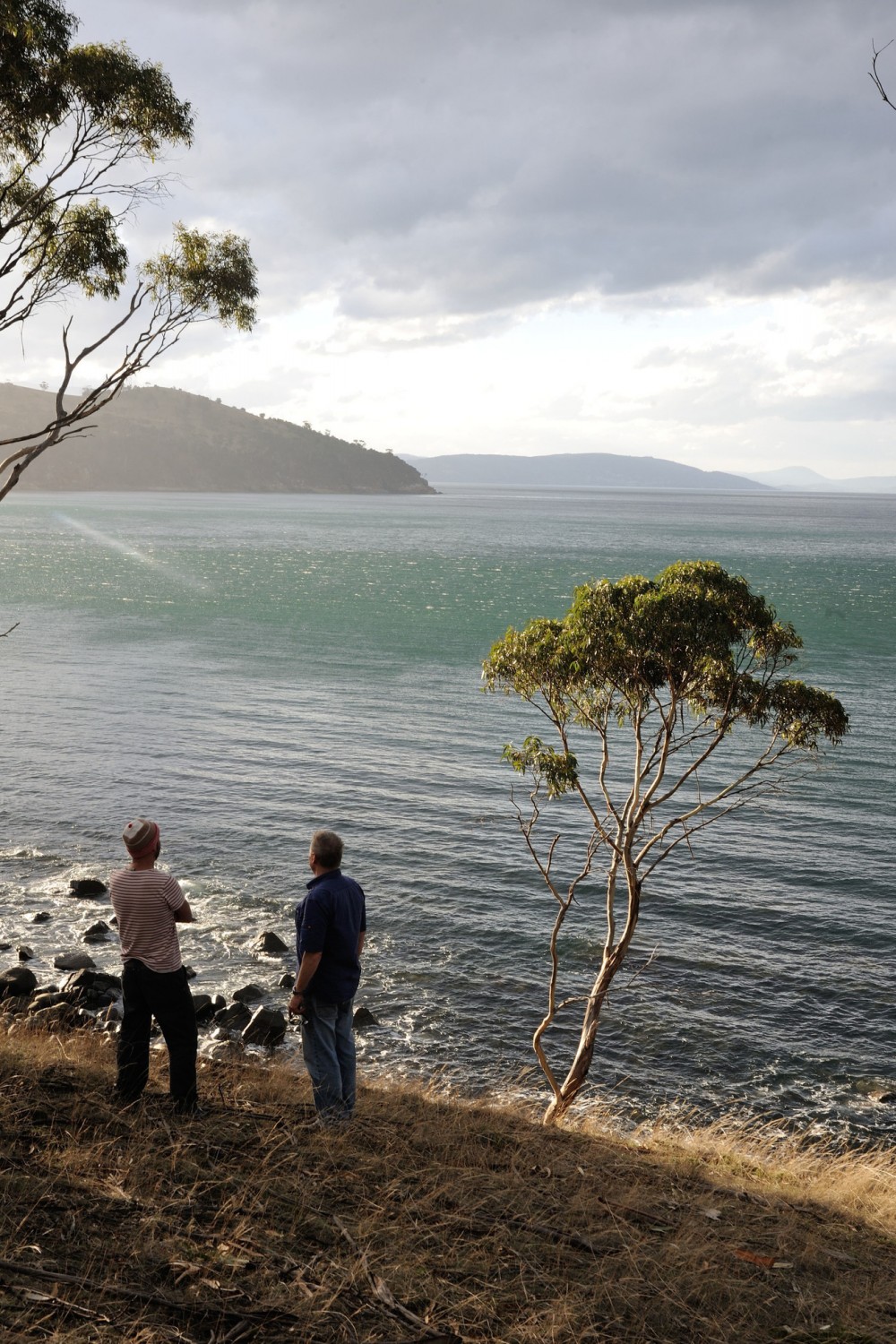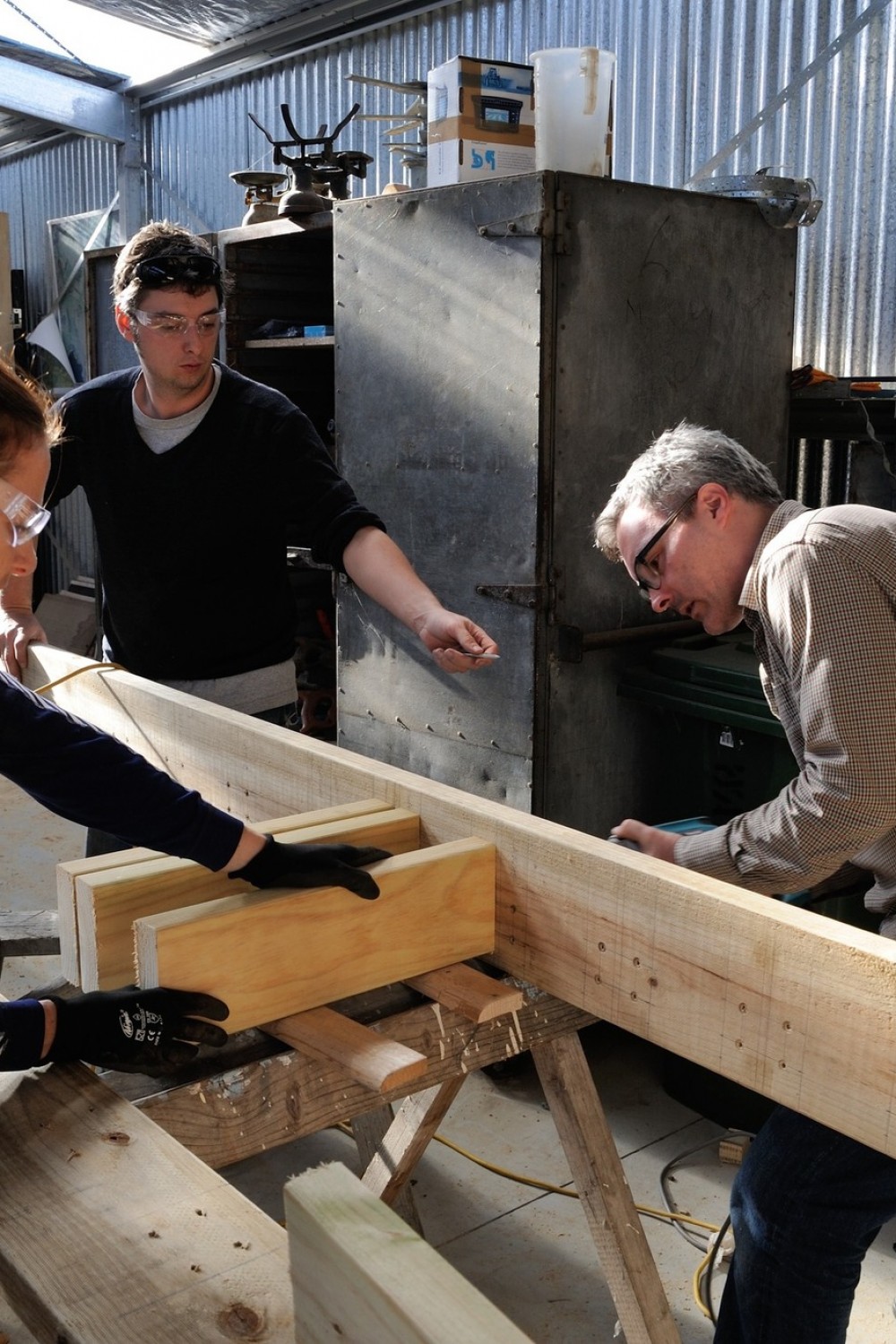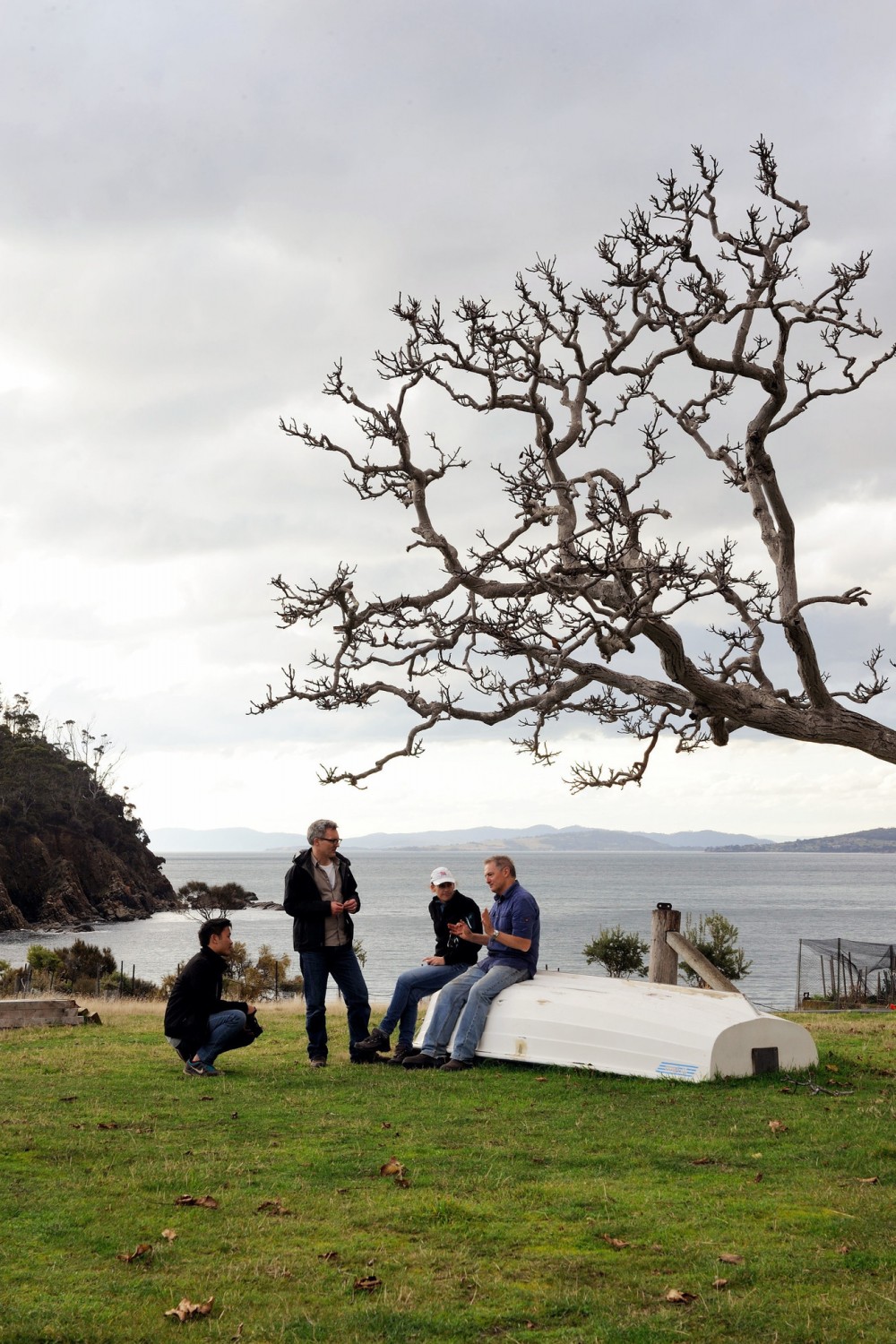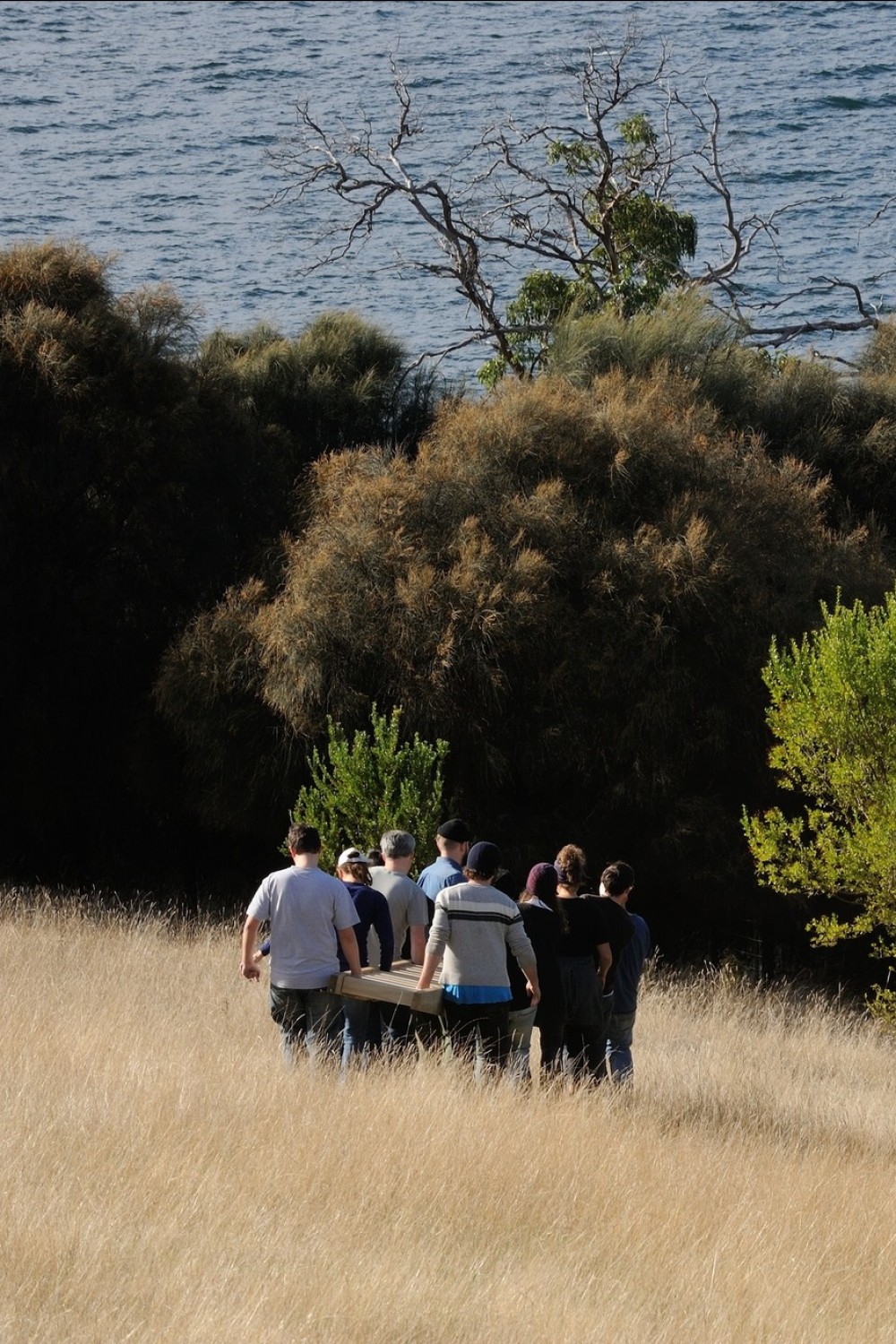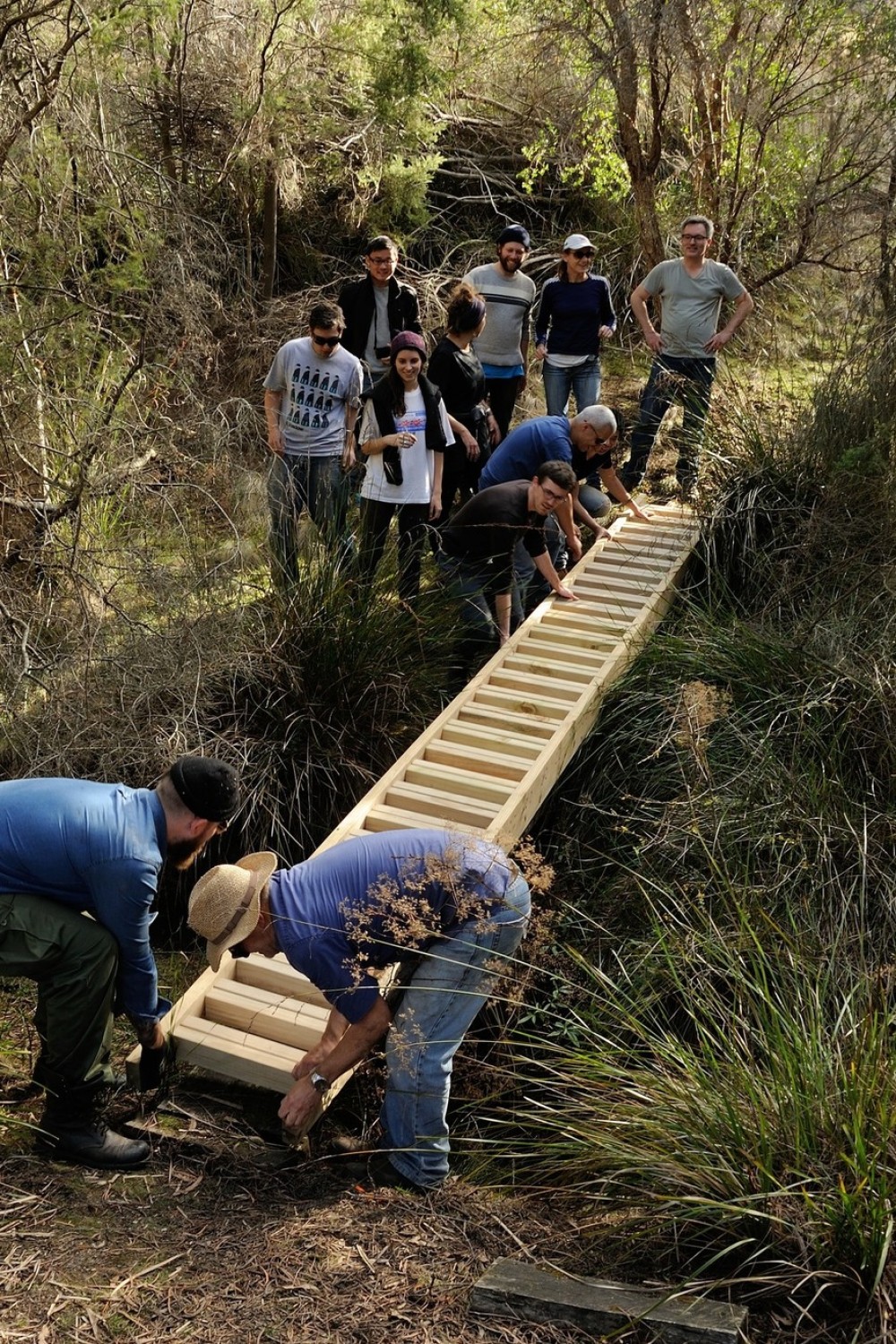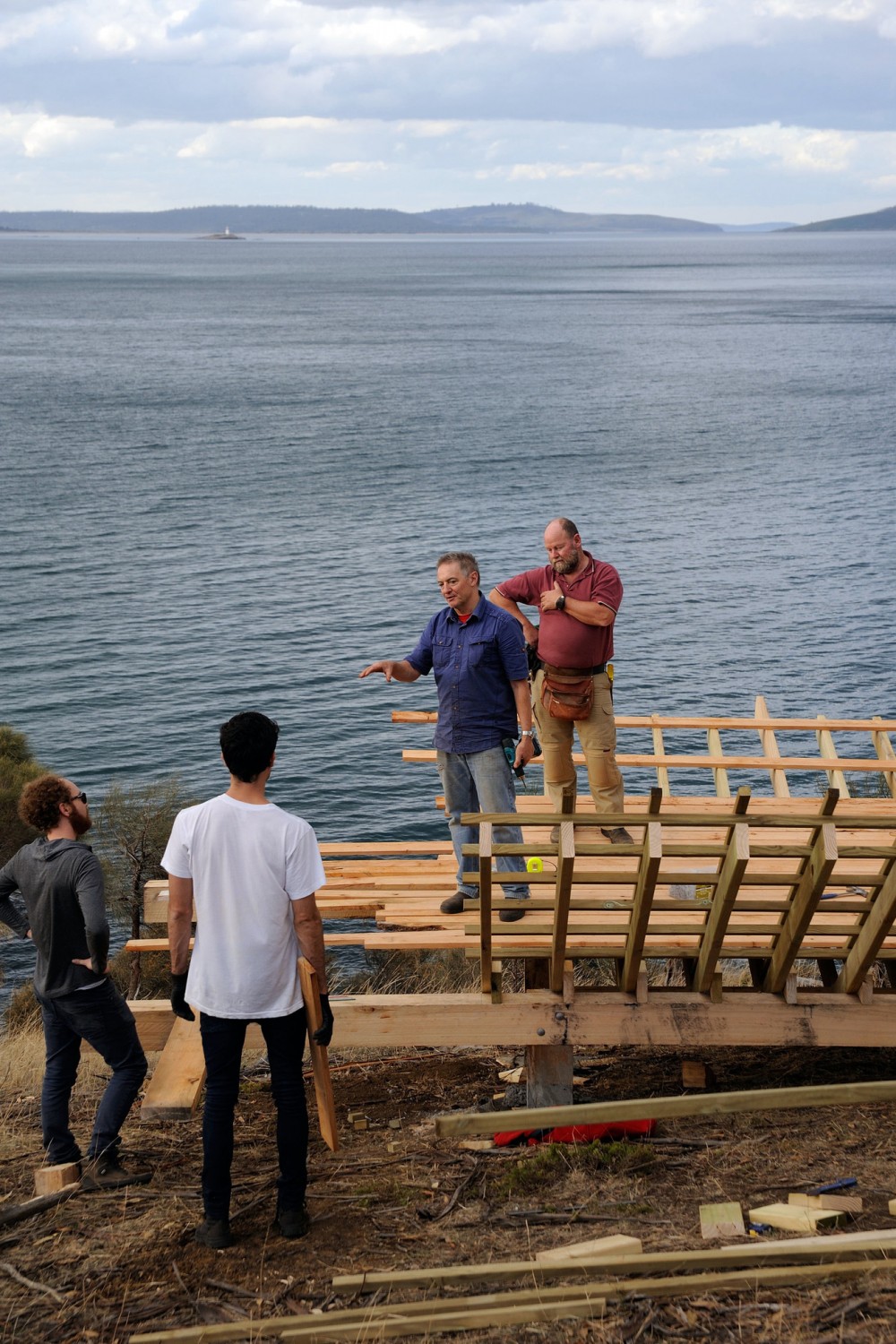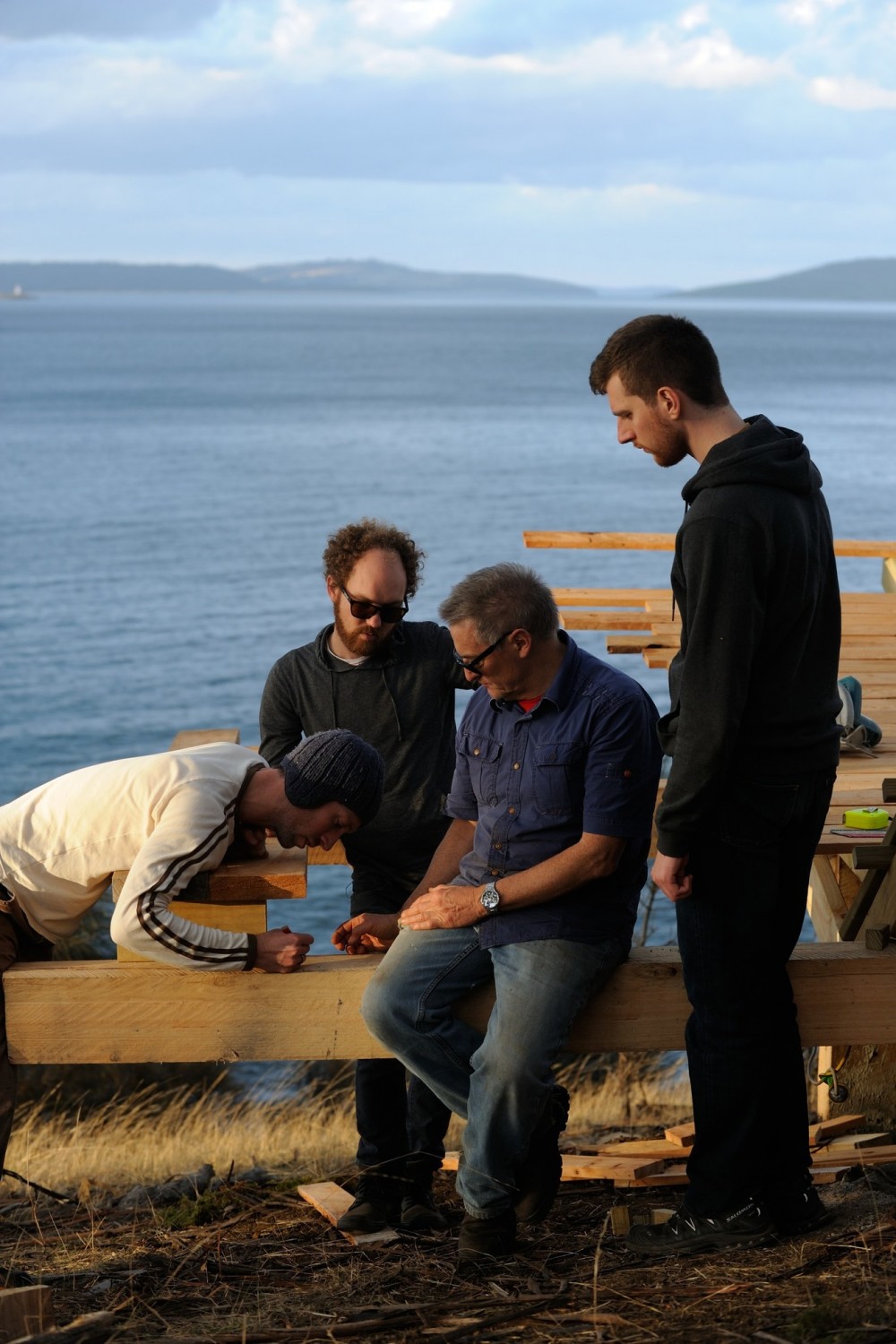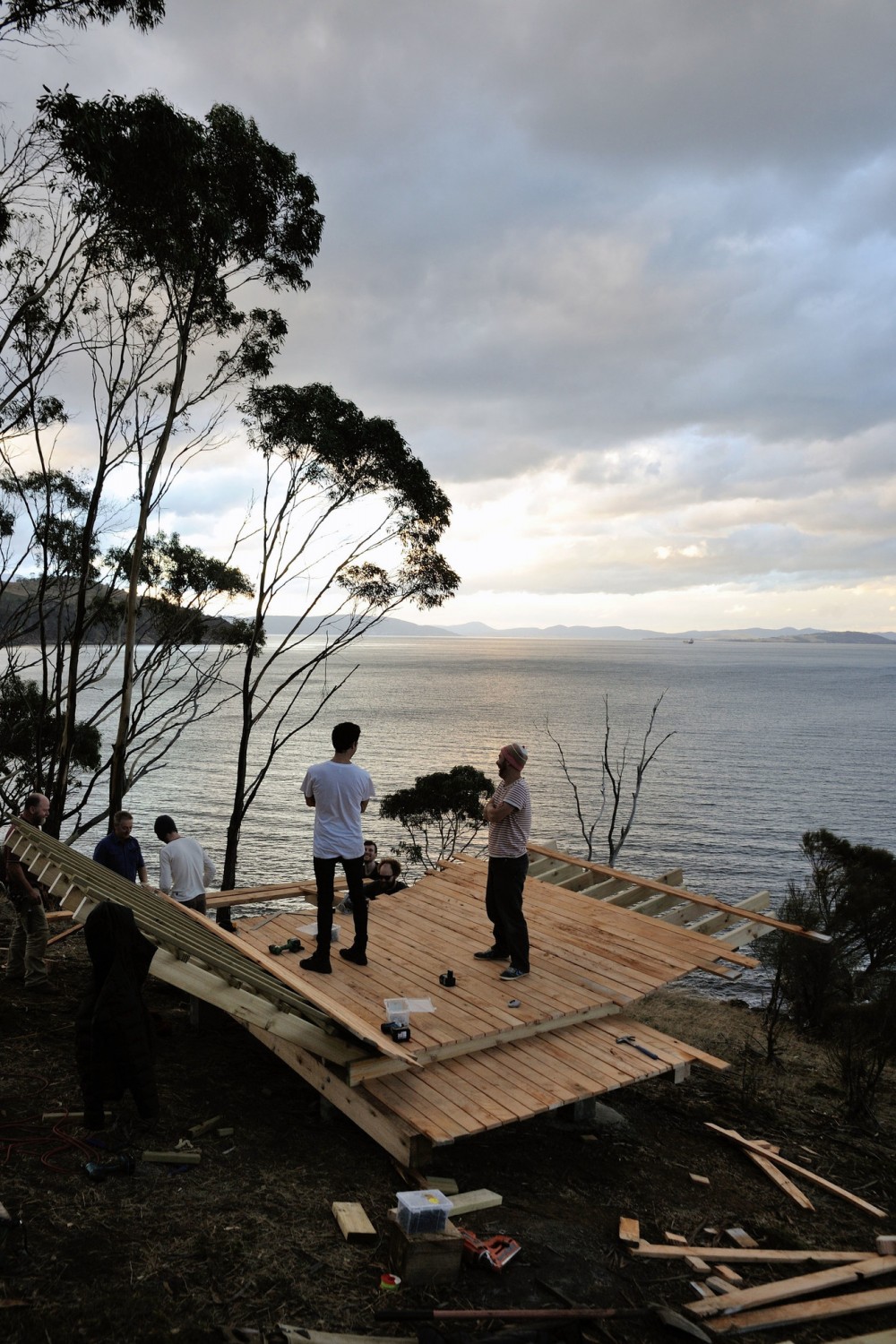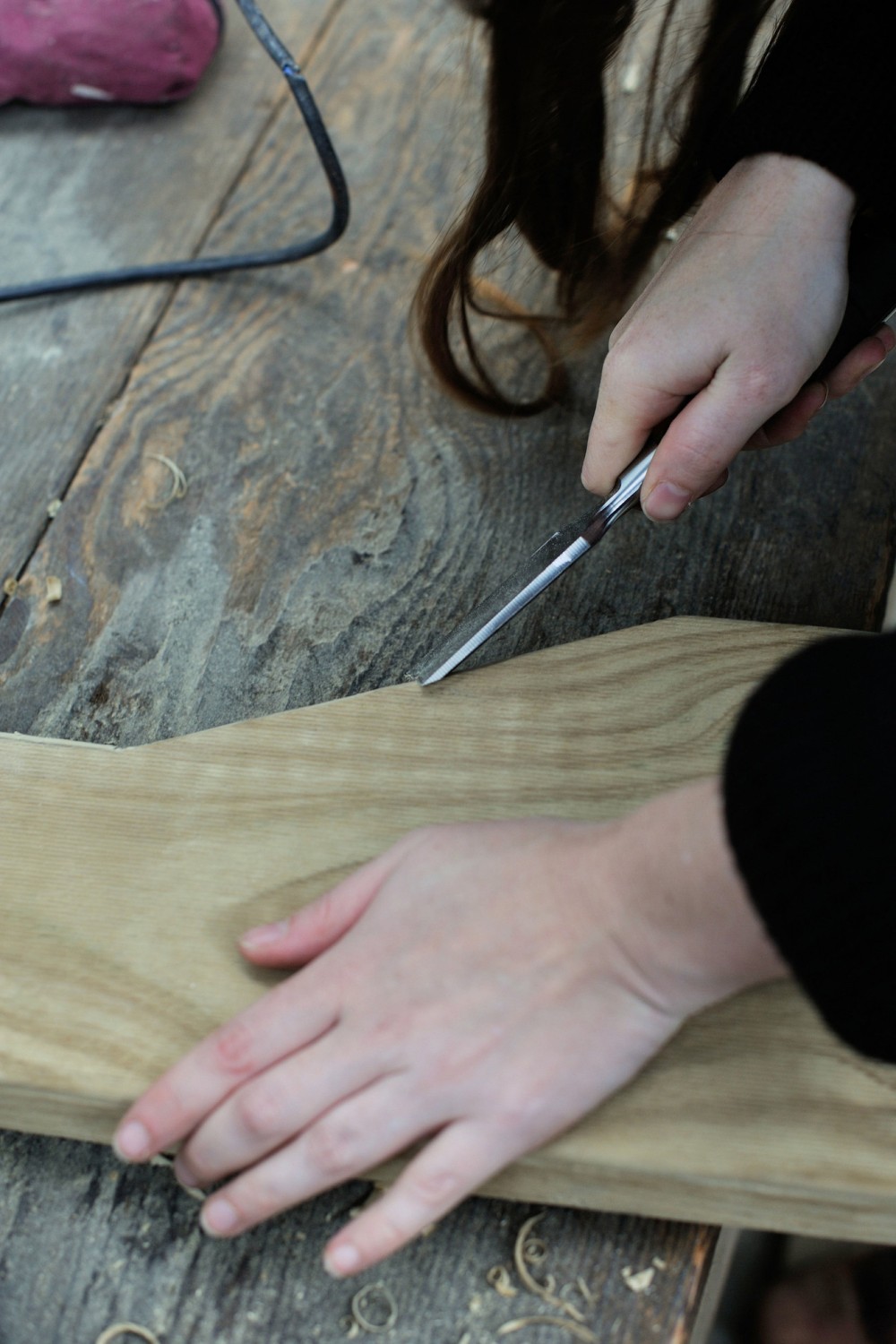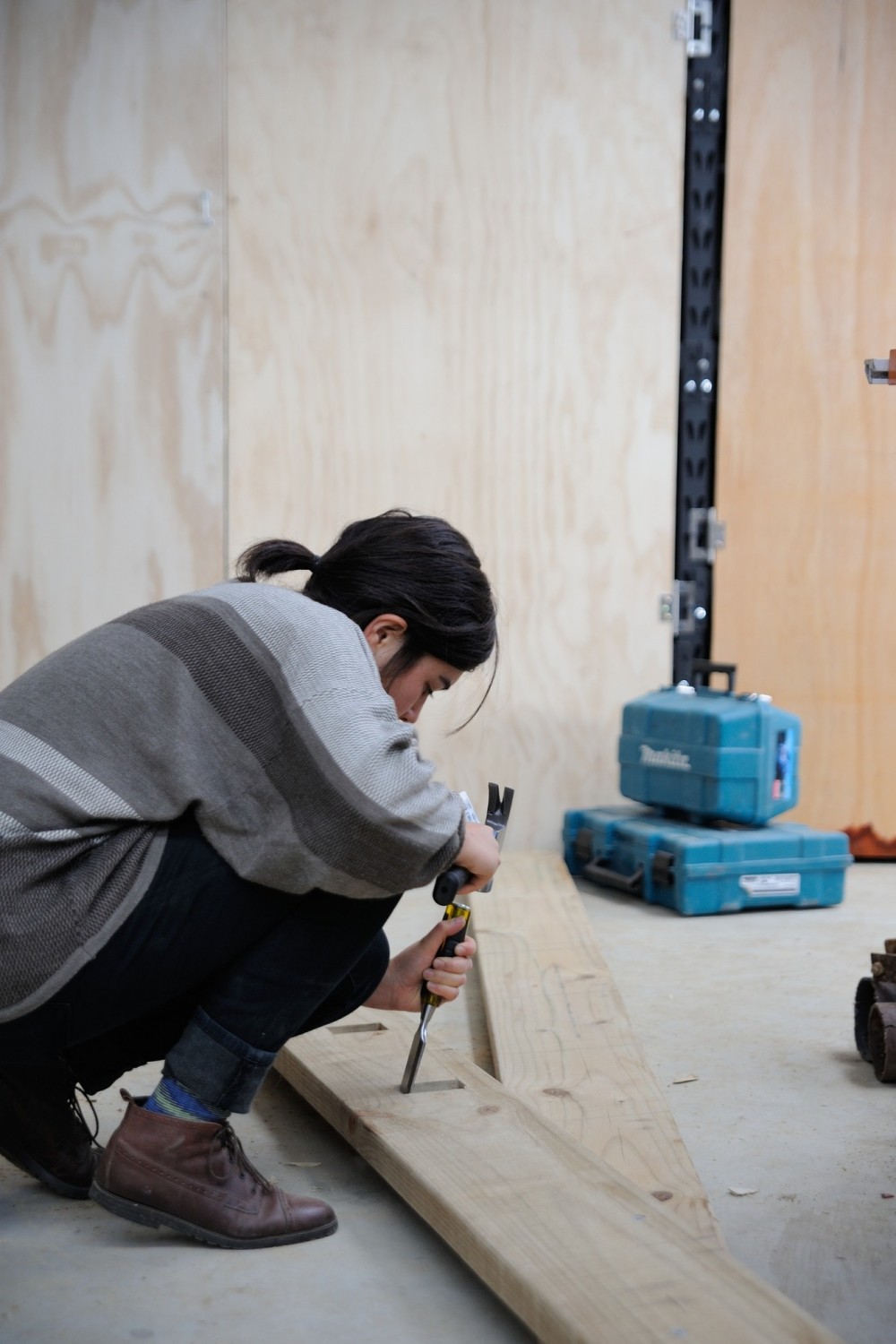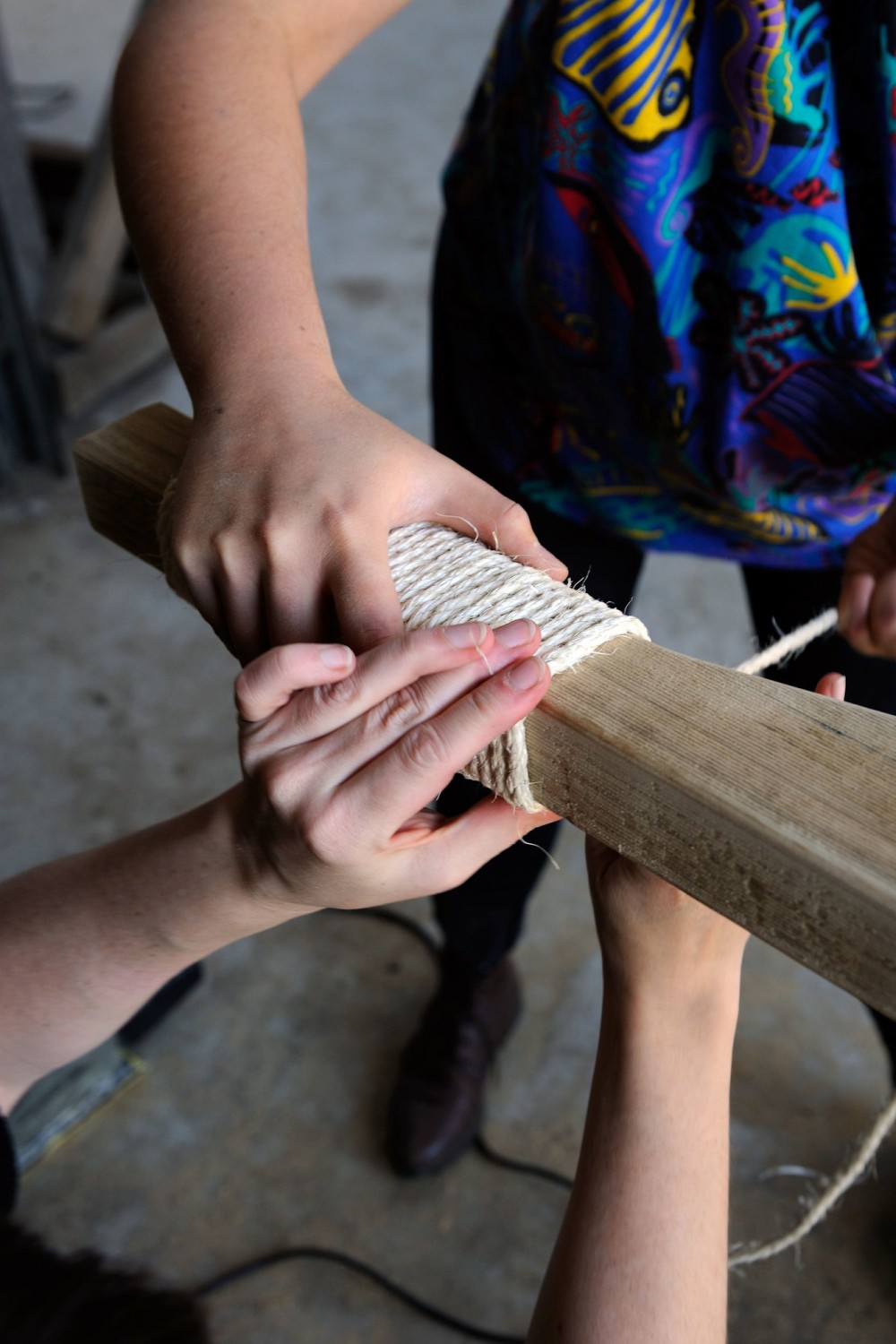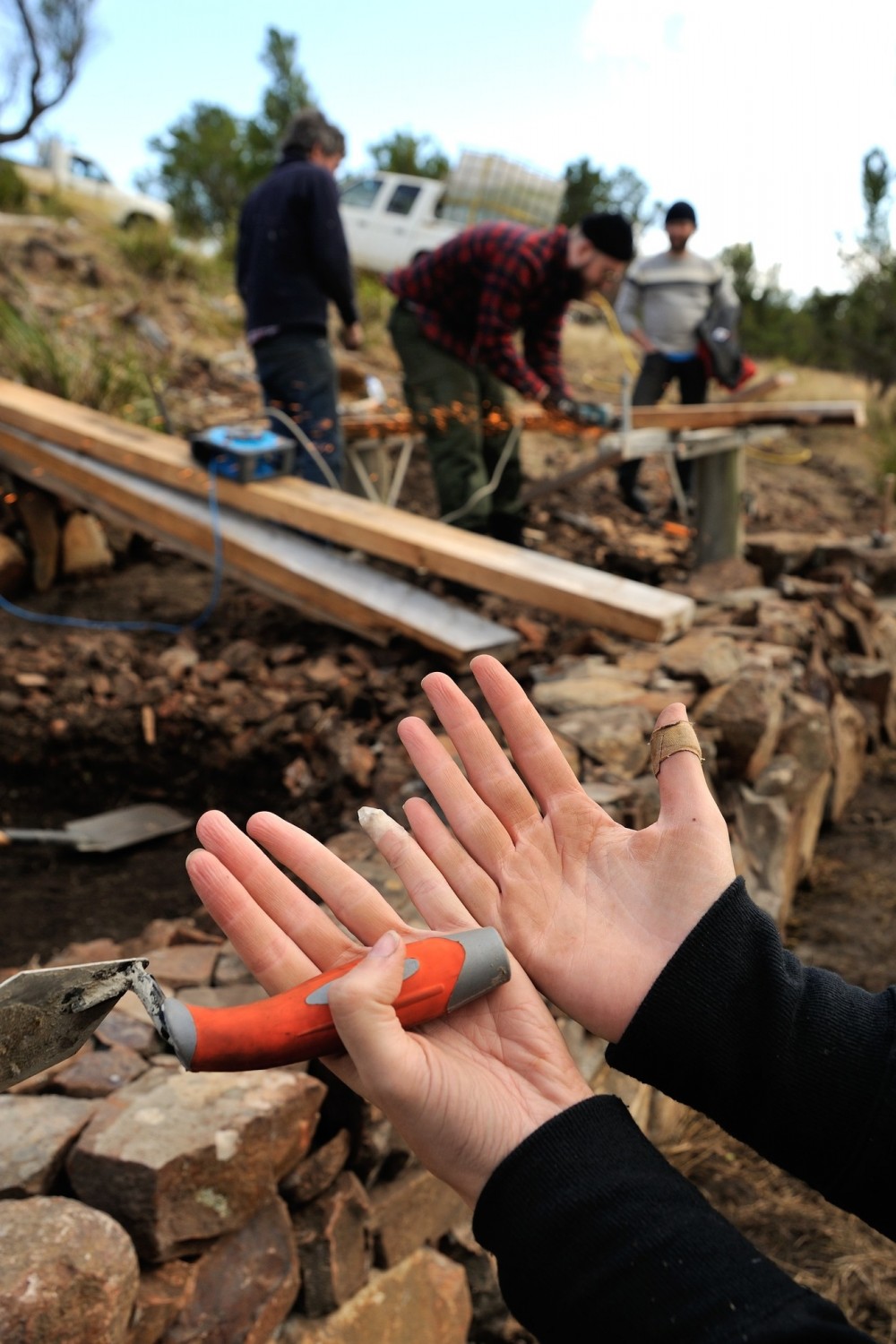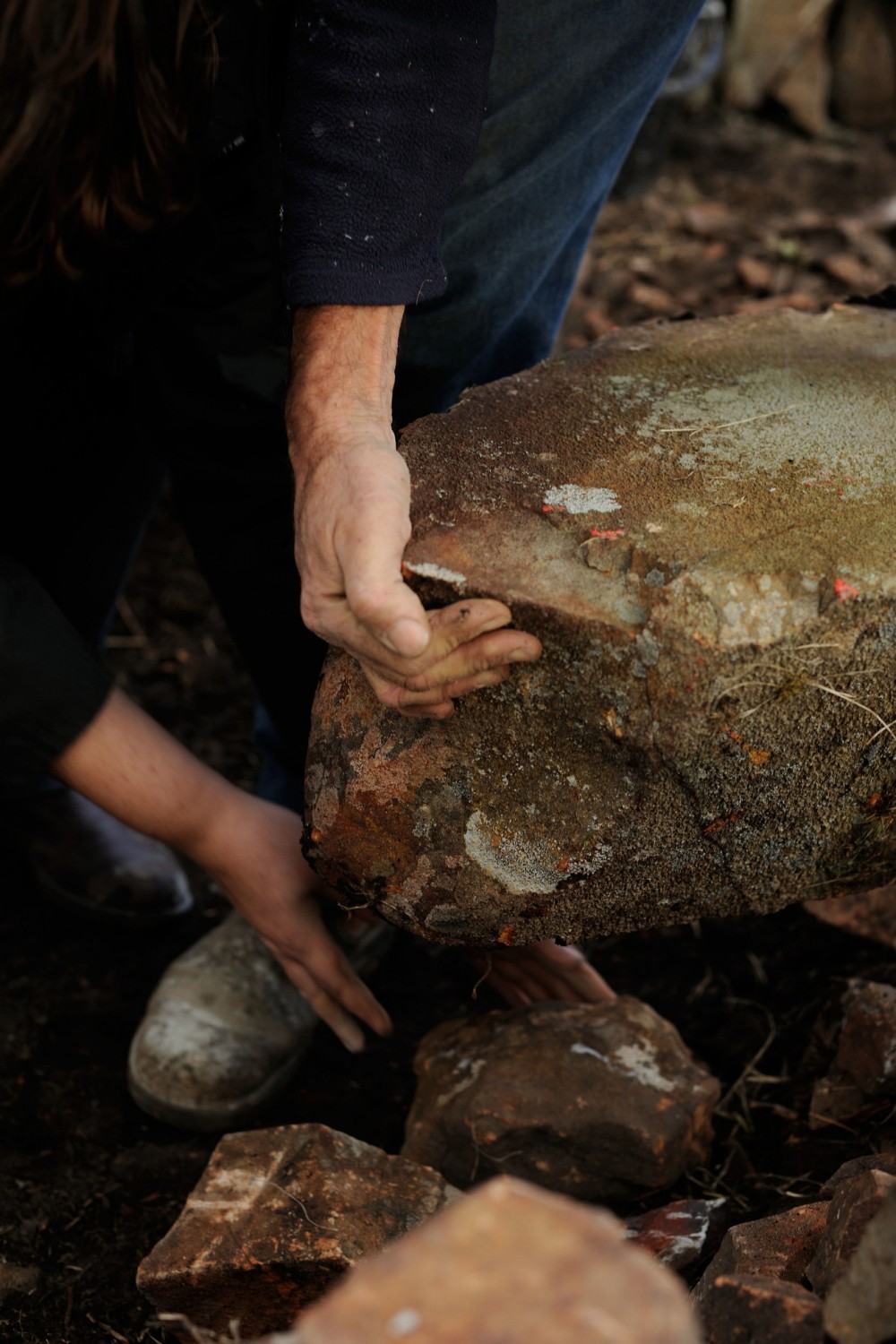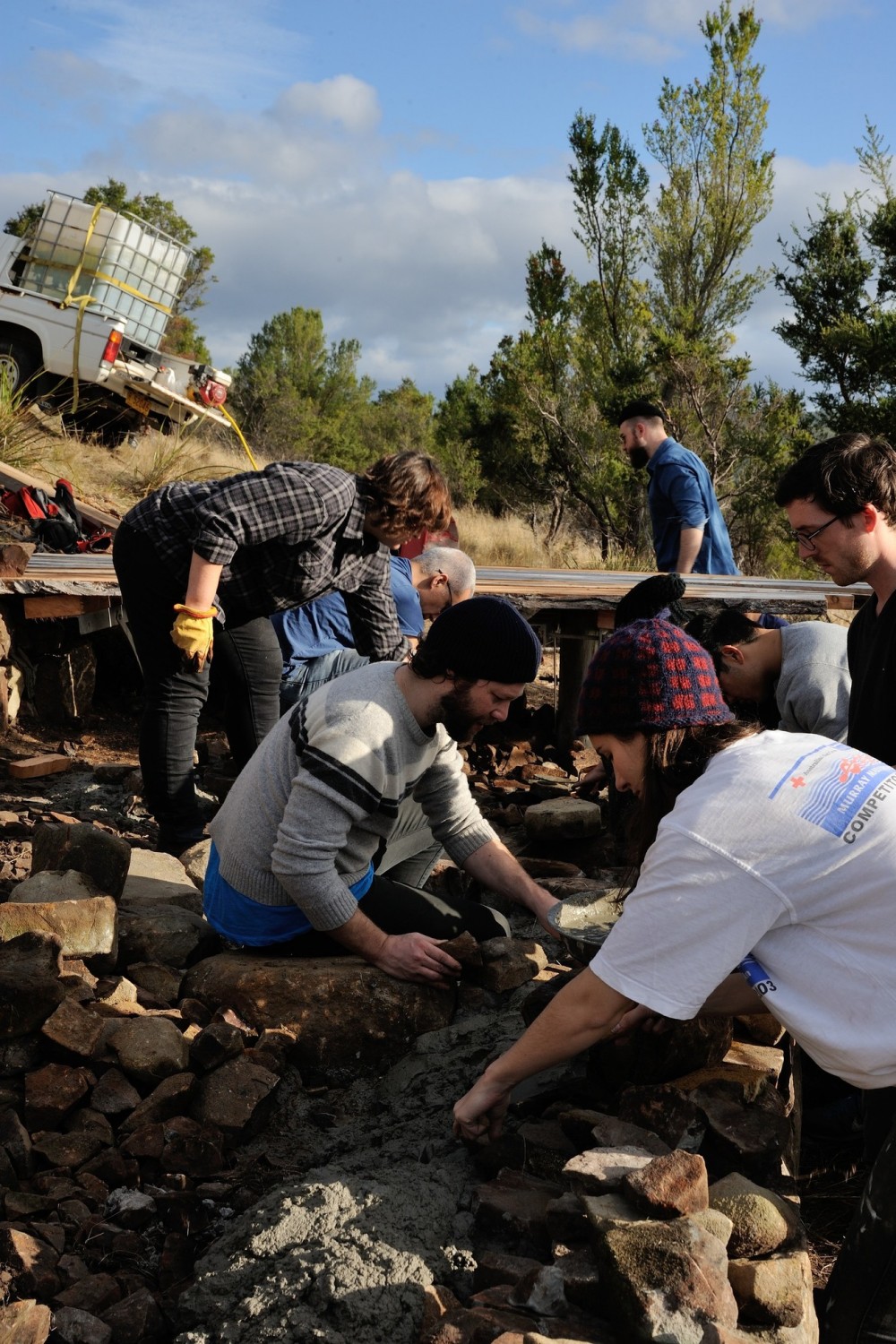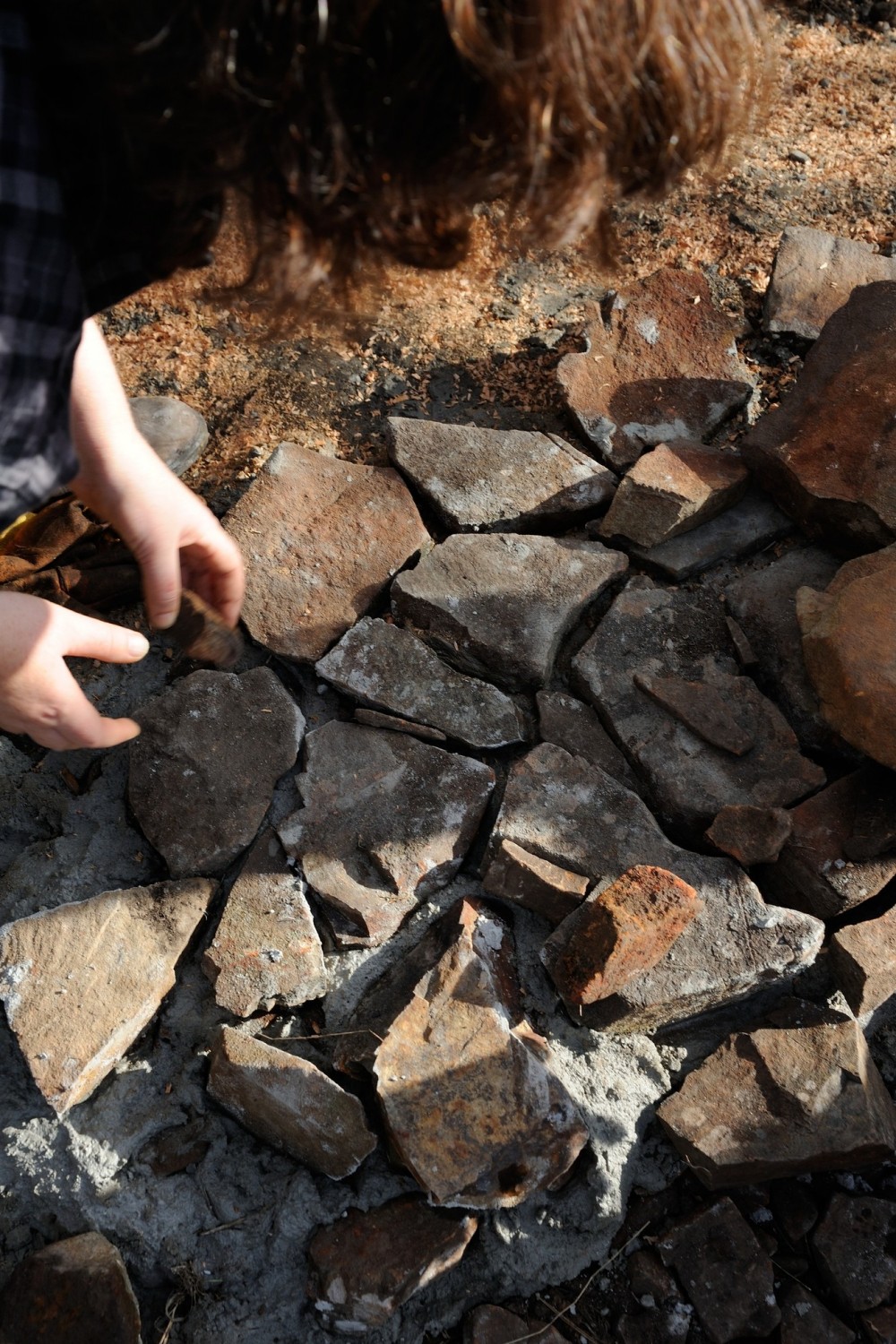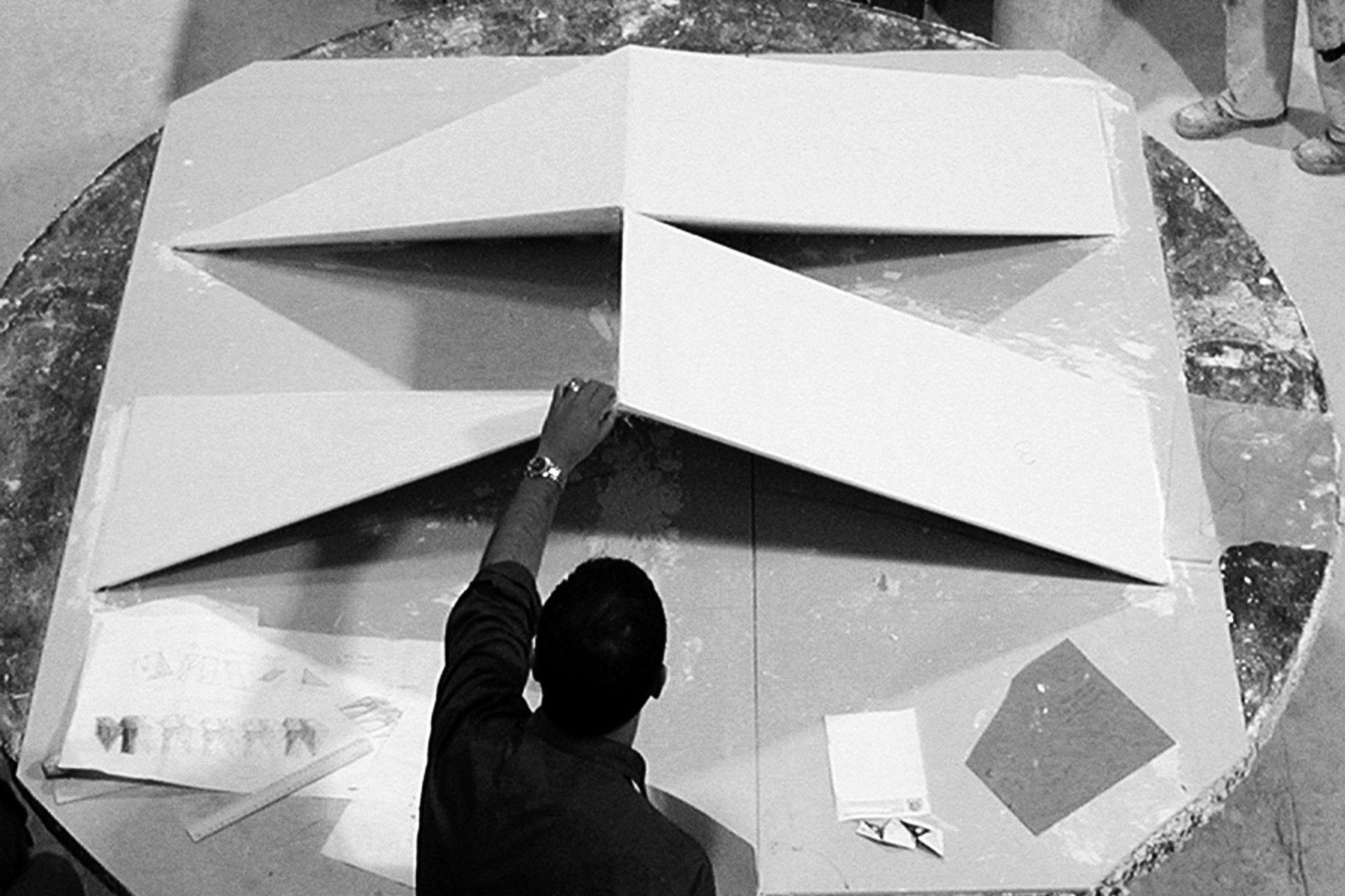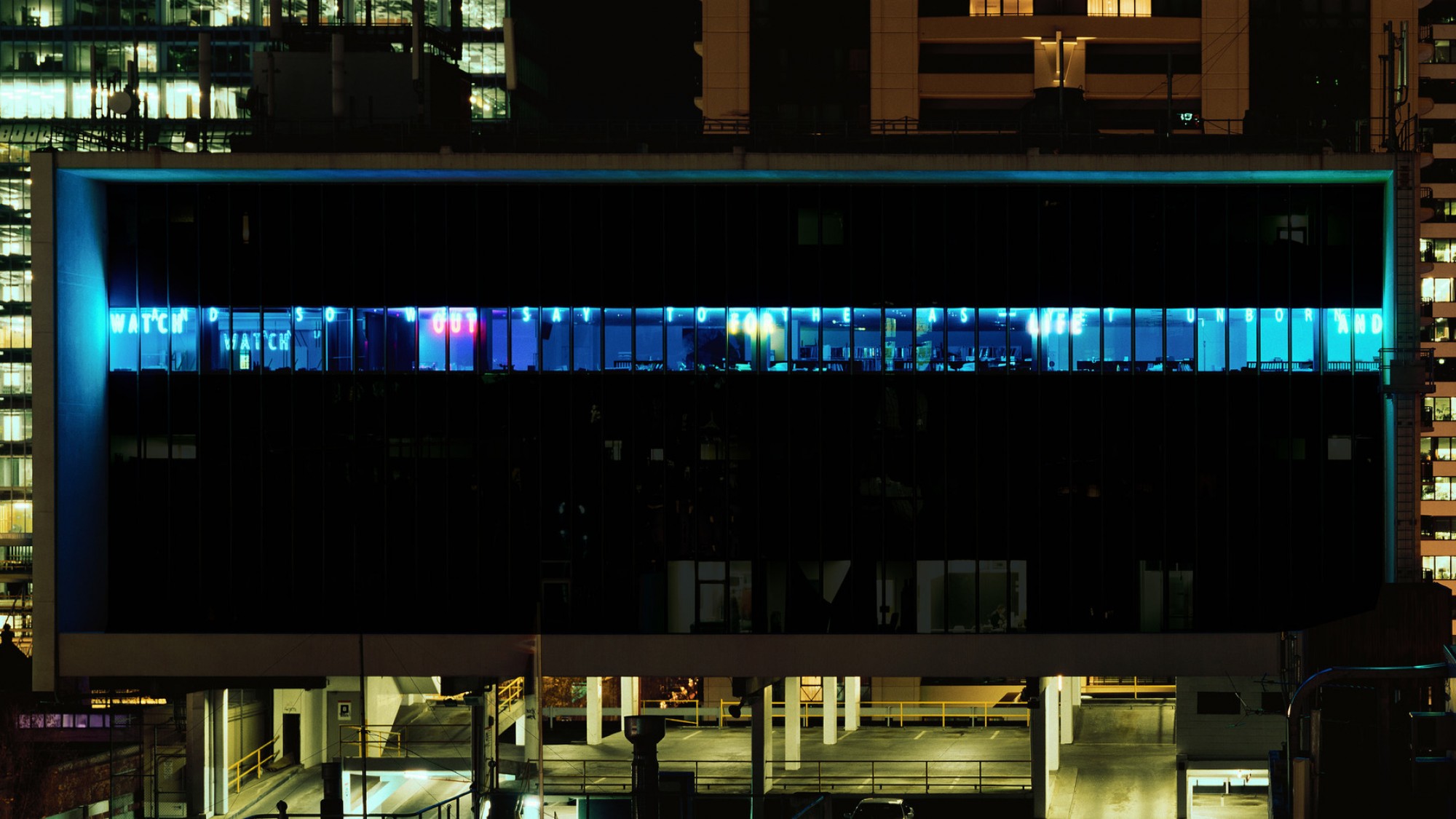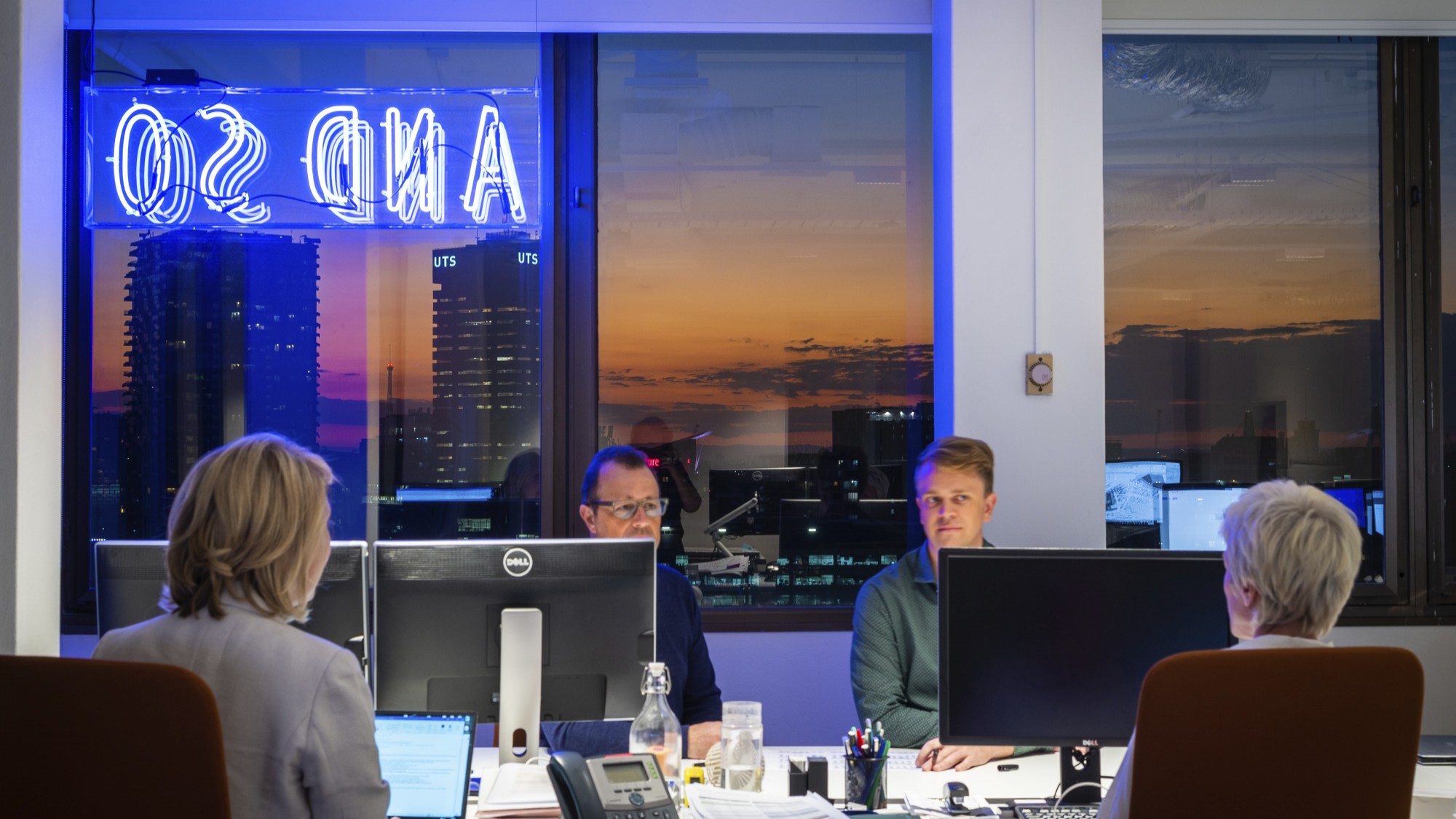We have expertise in master planning, urban design, architecture, and interior design. Led by Founding Partner, John Wardle, our work ranges across education, residential and commercial projects, encouraging the cross fertilisation of ideas.
Wardle is owned by 13 Australian shareholders who are all current employees or nominees of current employees. Our practice ownership model provides our team members with the opportunity for growth and the potential of becoming a shareholder. It creates a diverse and robust ownership structure.
Major shareholders are John Wardle, Stefan Mee and Meaghan Dwyer. Minor shareholders are Mathew van Kooy, James Loder, Richard Sucksmith, Diego Bekinschtein, Minnie Cade, Yee Jien, Kah-Fai Lee, Jasmin Williamson, Luke Jarvis & Amanda Moore.
Many projects by Wardle have been highly awarded. In 2018, this included National AIA Awards for Educational Architecture and Interior Architecture, the RIBA Award for International Excellence and the Dezeen Award for Best House Interior. Wardle has twice been recognised with the prestigious Sir Zelman Cowen Award for best public building in Australia in 2002 and 2006. We have twice received Robin Boyd Awards for best residential project in Australia. In 2020 Wardle won the New South Wales Architecture Medallion for Phoenix Central Park which was completed with Durbach Block Jaggers. Our practice has also won two Victorian Architecture Medals.
Awards
Like any good conversation, our design process requires us to be both good listeners and excellent advocates. We ask the right questions and provide thoughtful, and thought provoking answers. We like to imagine that this conversation continues, after we finish our work, between the building and its occupants. Perhaps, they may say to a friend: “This building likes me”.
In 2022 our first Reconciliation Action Plan (RAP) – REFLECT was formally endorsed by Reconciliation Australia. Our RAP began as an exploration into what ‘best practice’ First Nations engagement looks like in project work and has expanded into a much broader knowledge and interrogation of Australia’s history and what is it to be Australian. This process has prompted within our practice a desire to learn more about Aboriginal and Torres Strait Islander histories, community, cultural values and beliefs. The initiatives outlined in our RAP provide an excellent foundation for us as a practice to explore new ways of thinking and be more inclusive in the way we work and design.
We acknowledge and pay our respects to the Traditional Custodians of the lands on which we work and build our projects.
